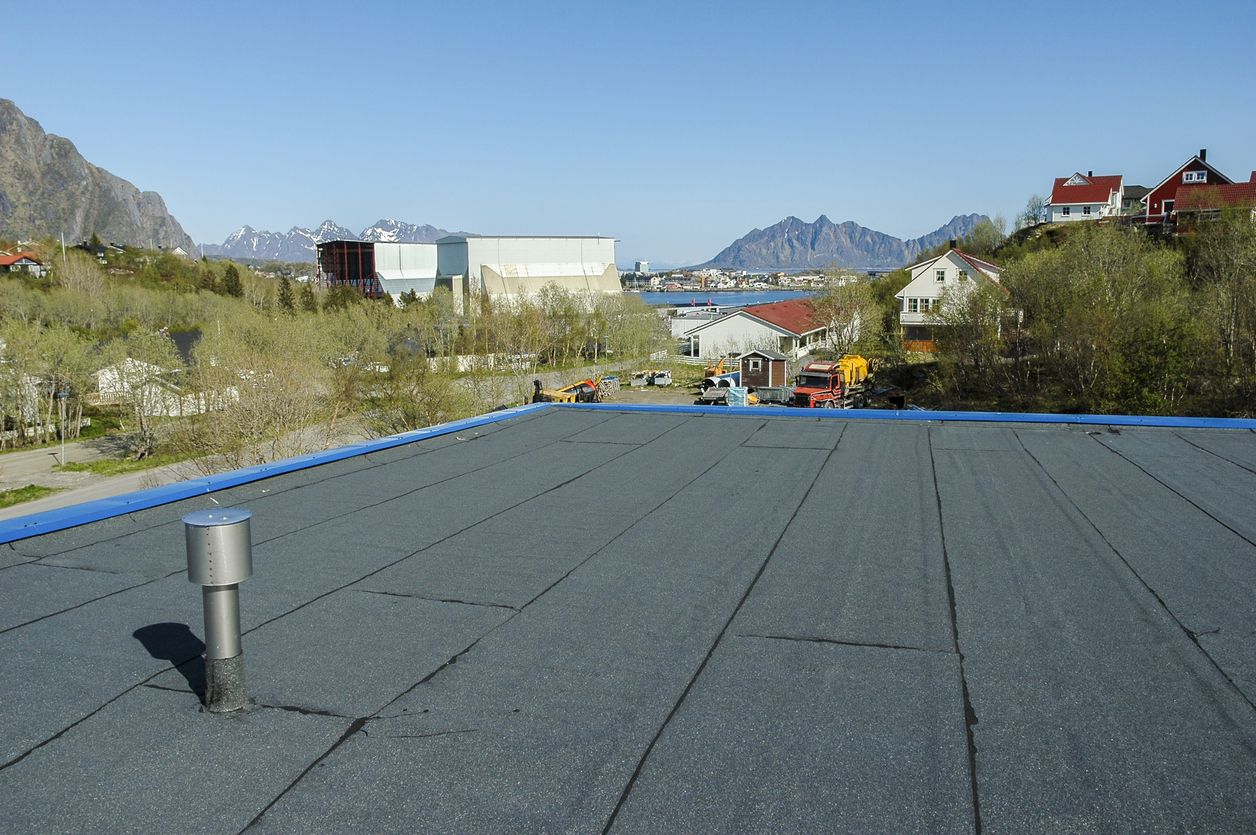The needs and specifications for roofing, whether for a residential or commercial building, might differ greatly. Understanding the variations between residential and commercial roofing is crucial for ensuring that the appropriate materials, designs, and maintenance procedures are used. We shall examine the differences between residential and commercial roofing in this post, emphasizing their particular traits and factors.
1. Purpose and Function
Residential roofing: Residential roofs are essential for protecting homes and their occupants from the elements as well as for establishing a comfortable living environment. Residential roofs provide insulation, ventilation, and durability in addition to withstanding a variety of weather extremes like rain, snow, wind, and freezing temperatures. They also contribute to the home’s general aesthetics, boosting the property’s curb appeal and value. Homeowners can create a customized touch that expresses their distinct sense of style by selecting the roofing style that best meets their tastes from the range of roofing designs available.
Commercial Roofing: Commercial roofs, on the other hand, are specifically designed to meet the needs of larger structures. These robust roofing systems not only have to cover expansive spaces but also accommodate various equipment installations, including HVAC units and ventilation systems. Moreover, they often offer additional functionalities, such as providing ample space for recreational activities or even facilitating the installation of solar panels to harness renewable energy. With their versatility and adaptability, commercial roofs serve as multi-functional assets that contribute to the overall efficiency and sustainability of the buildings they protect.
2. Design and Materials
Residential Roofing: Aesthetic appeal plays a crucial role in residential roofing. It not only protects the home but also enhances its overall visual appeal and curb appeal. There are several alternatives available to homeowners when it comes to residential roofs. For instance, because of its dependability, affordability, and adaptability in terms of color and design, asphalt shingles are a common choice. On the other hand, wood shakes provide a more natural and rustic appearance, bringing warmth and character to the house. Metal roofing has a contemporary and sleek appearance and is renowned for its strength and lifespan. With so many alternatives, homeowners can choose roofing materials that not only go with their home’s architectural design, but also express their individual preferences and sense of style.
Commercial Roofing: When it comes to commercial roofing design, functionality and cost-effectiveness are often given top priority. This means selecting materials that not only provide exceptional performance but also offer long-term value. One such material is TPO (thermoplastic olefin), known for its outstanding durability, weather resistance, and energy efficiency. Another popular choice is EPDM (ethylene propylene diene terpolymer), which offers excellent resistance to UV radiation, ozone, and extreme temperatures. Furthermore, PVC (polyvinyl chloride) is frequently utilized because of its outstanding longevity, little maintenance needs, and capability to effectively cover huge roofing surfaces. These materials not only guarantee the lifespan of the roof but also improve the building’s overall effectiveness and sustainability.
3. Installation and Complexity
Residential Roofing: Residential roof installations are generally less complex and smaller in scale. Roofers meticulously prioritize the crucial aspects of proper insulation, ventilation, and precise shingle placement to ensure optimal performance. With a focus on attention to detail, the installation process is typically more straightforward and efficient compared to the intricate requirements often associated with commercial roofing projects.
Commercial Roofing: The size and complexity of the structures make installing commercial roofing systems more difficult. Contractors need to consider factors like drainage systems, equipment placement, and safety requirements. Proper sealing and weatherproofing are critical to prevent leaks and other issues in expansive commercial spaces.
4. Maintenance and Lifespan
Residential Roofing: Residential roofs generally have a lifespan ranging from 20 to 30 years, depending on the materials used and the local climate. Regular maintenance, such as cleaning gutters, inspecting for damaged shingles, and addressing any leaks promptly, can help prolong the roof’s lifespan.
Commercial Roofing: Commercial roofs tend to have longer lifespans, often ranging from 20 to 40 years or more, depending on the materials. Routine inspections and maintenance are crucial for identifying and addressing potential issues early, as repairs on commercial roofs can be more complex and costly.
5. Regulations and Codes
Residential Roofing: Residential roofing is subject to local building codes and regulations, which typically focus on safety, structural integrity, and aesthetics. Homeowners must adhere to these codes when installing or repairing their roofs.
Commercial Roofing: Commercial roofing is subject to more stringent regulations due to the larger scale and potential impact on public safety. Building codes often require higher standards for fire resistance, energy efficiency, and structural integrity in commercial roofing systems.
Finally, it should be noted that residential and commercial roofs differ in terms of their intended uses, designs, materials, complexity of installation, needed maintenance, and legal considerations. Understanding the variations among each type of roofing is necessary for selecting and maintaining the suitable roofing solutions for both residential and commercial properties. Every kind of roofing has a certain purpose. Whether you’re a company owner or a homeowner, you can choose alternatives that best suit your needs by speaking with roofing experts who are knowledgeable about the precise type of roofing you need….
